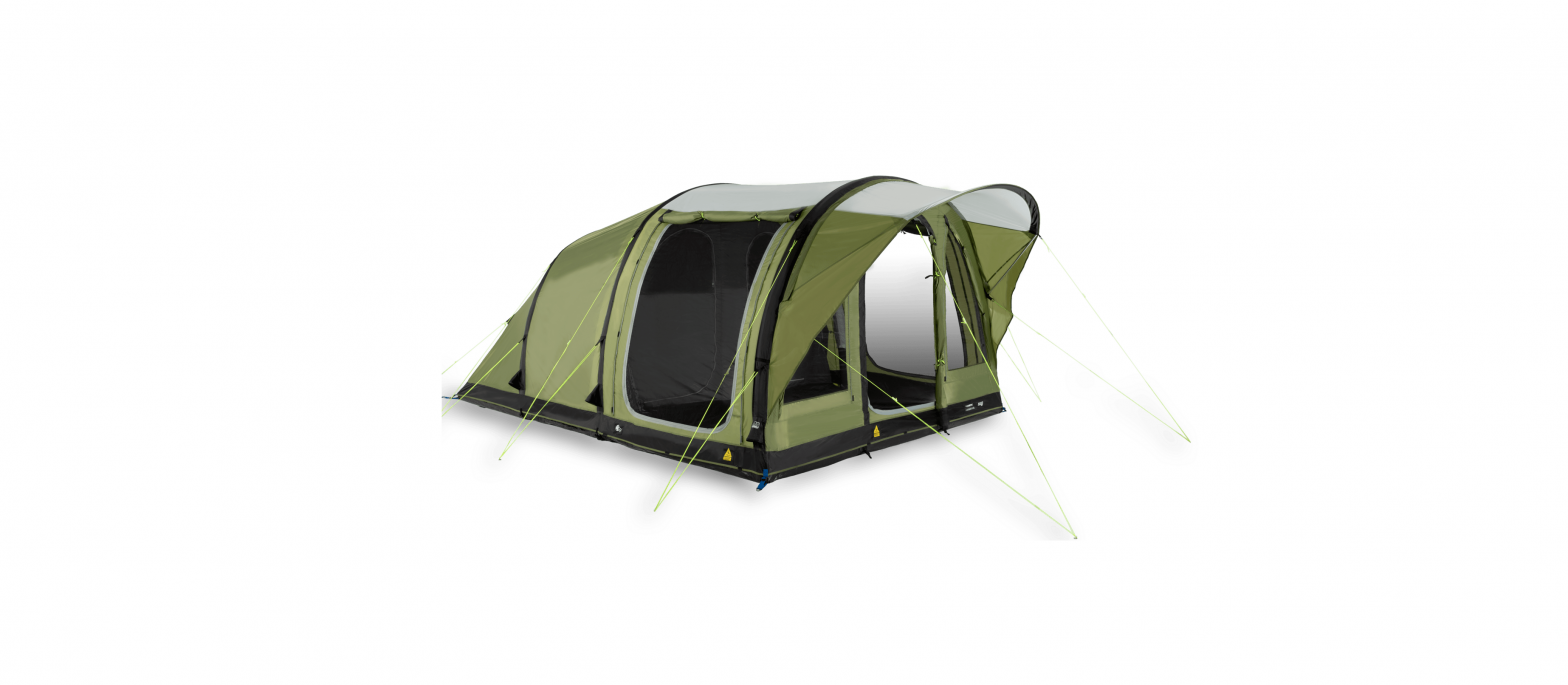DOMETIC Inflatable Tents User Manual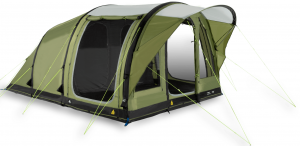
Dimension
FTC 301 (TC) 
FTT 401 (TC) 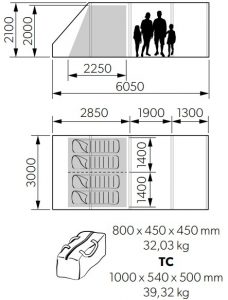

FTT 601 (TC) 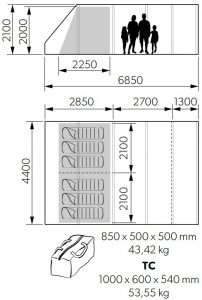

Instruction
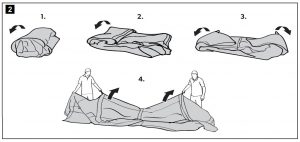
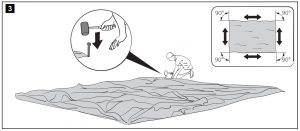
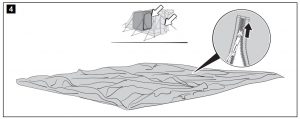
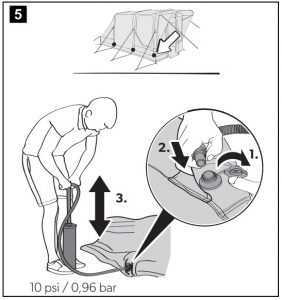
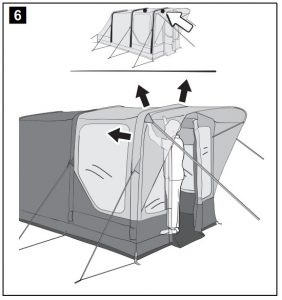
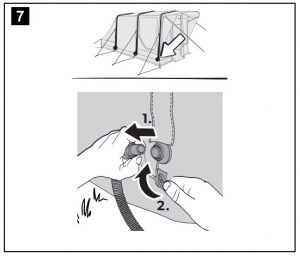
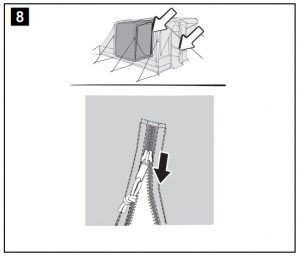
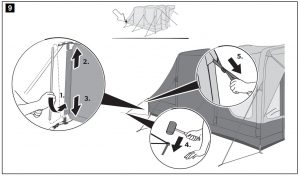
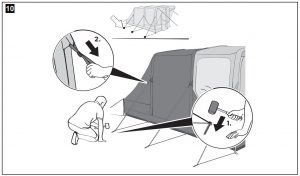
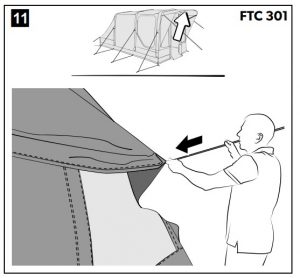
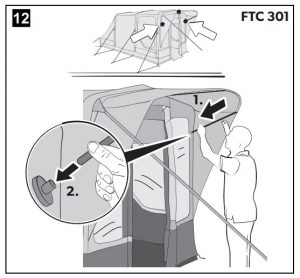
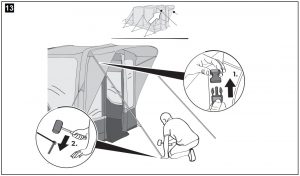
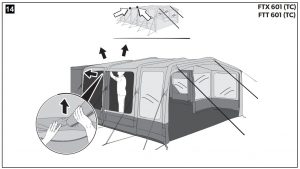
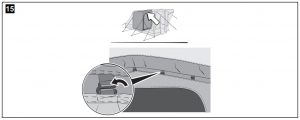
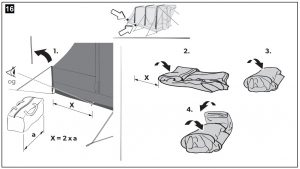
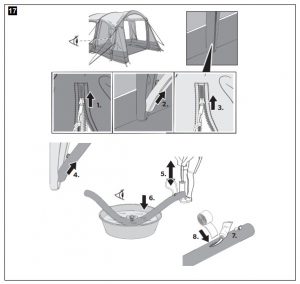
Please read these instructions carefully and follow all instructions, guidelines, and warnings included in this product manual in order to ensure that you install, use, and maintain the product properly at all times. These instructions MUST stay with this product.
By using the product, you hereby confirm that you have read all instructions, guidelines, and warnings carefully and that you understand and agree to abide by the terms and conditions as set forth herein. You agree to use this product only for the intended purpose and application and in accordance with the instructions, guidelines, and warnings as set forth in this product manual as well as in accordance with all applicable laws and regulations. A failure to read and follow the instructions and warnings set forth herein may result in an injury to yourself and others, damage to your product or damage to other property in the vicinity. This product manual, including the instructions, guidelines, and warnings, and related documentation, may be subject to changes and updates. For up-to-date product information, please visit DEFAULT value SHALL be “documents.dometic.com, dometic.com”.
Explanation of symbols
![]() DANGER!Safety instruction: Indicates a hazardous situation that, if not avoided, will result in death or serious injury.
DANGER!Safety instruction: Indicates a hazardous situation that, if not avoided, will result in death or serious injury.
![]()
![]()
![]()
![]()
![]()
![]()
![]()
![]()
![]()
![]()
General safety instructions
![]()
![]()
![]()
- Never use a fuel-burning appliance such as barbecues or gas heaters inside the tent. The burning process produces carbon monoxide which accumulates inside the tent as there is no flue.
![]()
![]()
![]()
![]()
- Make sure you know the fire precaution arrangements on the site.
- Do not cook inside the tent or use open flames.
Beware of suffocation
- Make sure ventilation openings are open all the time to avoid suffocation.
![]()
![]()
![]()
![]()
Risk of injury
- This device is not intended for use by persons (including children) with reduced physical, sensory or mental capabilities, or lack of experience and knowledge, unless they have been given supervision or instruction concerning use of the device by a person responsible for their safety.
- Do not allow children to play around the tent and ensure that suitable protective footwear is worn. Guy lines are a trip hazard and pegs can be sharp.
- Cleaning and user maintenance may not be carried out by unsupervised children.
- Keep passage ways clear.
Scope of delivery
FTC
| Component | Quantity |
| Tent | 1 |
| nner tent | 1 |
| Front canopy pole | 1 |
| Canopy tension pole | 1 |
| Storage area strut | 3 |
| Storm strap | 4 |
| Hand pump | 1 |
| Peg bag | 1 |
| Carry bag | 1 |
FTT
| Component | Quantity |
| Tent | 1 |
| Inner tent | 1 |
| Storage area strut | |
| FTT401 | 3 |
| FTT601 | 4 |
| Storm strap | 1 |
| Canopy groundsheet | 1 |
| Hand pump | 1 |
| Peg bag | 1 |
| Carry bag | 1 |
FTX
| Component | Quantity |
| Tent | 1 |
| Inner tent | 1 |
| Side canopy pole | 1 |
| Storage area strut | |
| FTT401 | 3 |
| FTT601 | 4 |
| Storm strap | 1 |
| Canopy groundsheet | 1 |
| Hand pump | 1 |
| Peg bag | 1 |
| Carry bag | 1 |
NOTEThe inner tent may already be attached to the tent and can be left attached for take down and set up.
Intended use
This tent is suitable for:
- light to moderate weather
- touring
This tent is not suitable for:
- very strong winds or snowfall
- seasonal pitch or commercial use
This product is only suitable for the intended purpose and application in accordance with these instructions.This manual provides information that is necessary for proper installation and/or operation of the product. Poor installation and/or improper operating or maintenance will result in unsatisfactory performance and a possible failure.The manufacturer accepts no liability for any injury or damage to the product resulting from:
- Incorrect assembly or connection, including excess voltage
- Incorrect maintenance or use of spare parts other than original spare parts provided by the manufacturer
- Alterations to the product without express permission from the manufacturer
- Use for purposes other than those described in this manual
Dometic reserves the right to change product appearance and productspecifications.
Using the tent
![]()
![]()
![]()
Before first useFamiliarize yourself with the product by carrying out a test set up before the product is used for the first time. Check if the scope of delivery is complete.
Choosing a siteChoose a flat site that is protected from wind:
- If necessary, use a windbreak.
- Choose a shaded site to avoid UV degradation of the fabric.
- Avoid pitching under trees as falling branches, resin, etc. can damage the product.
- Clear the site of sharp stones and debris to avoid damaging the groundsheet.
- Set up the product with the doors facing away from the wind.
Setting up the tent
![]()
![]()
![]()
- Do not use any type of compressor designed to inflate car tires.
- Only inflate the air poles into the green zone of the pressure gauge of the supplied hand pump (10 psi/0.69 bar).
NOTICE! Material damageDo not open or close the zippers by force.
NOTE:
- The tent comes with general purpose pegs. These will be suitable for many sites but for some types of ground special pegs will be needed. Ask your dealer.
- Drive the pegs at a 45° angle away from the tent into the ground.
- Peg the guy lines in line with the seam it starts from.
Keep the following tips in mind while setting up the tent:
- The figures provide a general overview of the set-up. The actual set-up will vary slightly based on the model of tent.
- Get help. The set-up is easier with more people.
- Inflate the air poles from front to rear.
- After standing the tent upright, check the corner pegs and re-peg if necessary. The groundsheet on the inside should be taut and in a rectangular shape.
- Peg the guy lines so that the tent is under tension without distorting the shape.
- If available, attach the storm straps.
- Check the guy lines from time to time to ensure adequate tension, if necessary use the runners to adjust.
Set up the tent as follows:
- To protect the tent from dirt and damage, lay down a groundsheet or footprint before unpacking.
- Unpack the tent.
- Separate and identify the different components.
- Proceed as shown to set up the tent.Only FTX601 (TC) and FTT 601 (TC):
- Ensure that the lateral air pole above the bedroom is sitting correctly in its pocket cup which is attached to the tube above the front of the bedroom.
Dismantling the tent
NOTICE! Material damage Do not use force when dismantling the tent. Otherwise you might damage any material.
- Remove any dirt on the outside.
- Close all window blinds or remove curtains.
- Close all doors and openings.
- If installed, push the canopy pole out of the sleeve, do not pull.
- Remove all storage area struts.
- Remove all lines and straps.
- Remove all pegs between the corner pegs.
- Open the valves on each pole.
- Wait until most of the air has been expelled.
- Remove the four corner pegs.
- When deflated, use the “Folding Lines” method to fold the tent so it fits correctly into the carry bag.
- Fold/roll the tent towards the valves to expel more air.
- Ensure that all parts are clean before packing the into the carry bag.
- If the tent is wet or damp, dry fully as soon as possible.
NOTE: Information on the “Folding Lines” method..
Cleaning and maintenance
NOTICE! Material damage
- Do not use sharp or hard objects or cleaning agents for cleaning.
- Do not use alcohol based materials, chemicals, soap and detergents for cleaning.
- Remove bird droppings and tree resin as soon as possible to avoid permanent damage to the material.
- If necessary, clean the product with clean water and a soft brush.
- Apply impregnation against water and UV radiation before each trip.
Storing the tent
NOTE
- Fully set up the tent for cleaning.
- Choose a sunny day for cleaning to ensure the material will dry thoroughly.
- Clean the tent.
- Air fully and ensure the tent is totally dry before packing away.
- Store in a well ventilated dry place.
Troubleshooting
NOTE:
- During first exposure to water there may be some moisture at the seams. Through this moisture the threads will swell and fill the holes that are created in the sewing process.
- A fully equipped spare parts kit should include:
- waterproofer
- repair tape and repair solution
- silicone spray for the zippers
- spare pegs
| Problem | Solution |
| Air leak | ➤ Check that the valve is fully screwed into the air pole.➤ Check if the inflation tube is twisted at the valve.This may be indicated by noise. Untwist the inflation tube |
| Water leak | ➤ Check that the valve is fully screwed into the air pole and the ring seal is in place.➤ Check that the cap of the valve is done up tightly.➤ Check for punctures, see chapter “Repairing a puncture in the air pole”➤ Check for leaky seams, damaged tapings and moist areas.➤ If you cannot find any leaks.➤ If you find any leaks, apply seam sealant. |
| Rip in the fabric | ➤ Use repair tape to seal the fabric.➤ Have repairs carried out by an authorized specialist. |
Condensation
All tents suffer from internal condensation if one or more of the following conditions apply:
- high air humidity
- high ground moisture
- a drop in temperature
Severe condensation can run down the inside of the roof and drip off ties, tapes and other internal fittings and can be mistaken for leaking.
- Increase ventilation by opening doors and/or windows.
- Install a waterproof groundsheet.
Repairing a puncture in the air pole
If the air pole loses air, proceed as follows:
- Unzip the outer sleeve holding the air pole.
- Remove the air pole.
- Deflate the air pole.
- Unzip the protective sleeve to expose the inflatable tube.
- Blow some air into the inflatable tube.
- Submerge the tube in water.
- Locate the puncture.
- Use repair tape and repair solution to seal the hole.
- Zip the inflatable tube back into the protective sleeve.
- Zip the air pole back into the outer sleeve.
Disposal
Place the packaging material in the appropriate recycling waste bins, wherever possible.
If you wish to finally dispose of the product, ask your local recycling center or specialist dealer for details about how to do this in accordance with the applicable disposal regulations.
Warranty
The statutory warranty period applies. If the product is defective, please contact the manufacturer’s branch in your country (see dometic.com/dealer) or your retailer.
For repair and warranty processing, please include the following documents when you send in the device:
- A copy of the receipt with purchasing date
- A reason for the claim or description of the fault
The warranty covers manufacturing defects, materials and parts. The warranty does not cover fading of the cover and wear and tear due to UV radiation, misuse, accidental damage, storm damage, or permanent, semi-permanent or commercial use. It does not cover any resulting damage. Please contact your dealer for claims. This does not affect your statutory rights.
References
[xyz-ips snippet=”download-snippet”]

